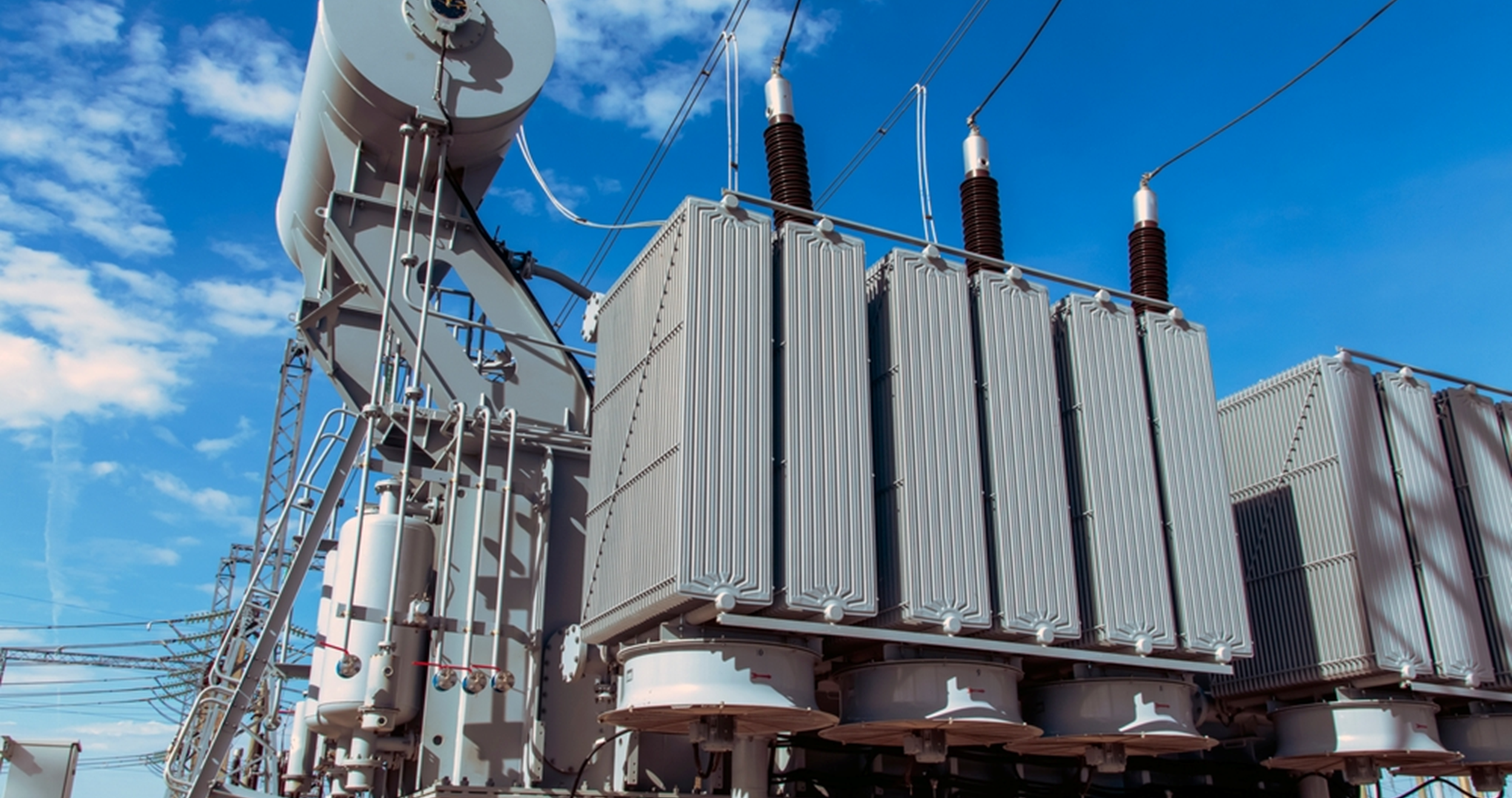Our recommendations
Last Update
17 August 2023
Hydrogen market opportunities and challenges for India in the current pretext
Market Opportunities & Challenges
India is witnessing an unprecedented rise in fuel prices since June 2021. This has brought the matter of energy security back on the discussion table. The discussion’s central theme has been ever-increasing fuel demand and dependency on imported crude oil for domestic needs. India’s annual energy import cost is in excess of USD 123 billion in 2019. More than 82% of this cost is consumed in importing crude oil and natural gas. Solar PV and wind have revolutionized India’s green energy story in the past decade. Once struggling to meet the peak electricity demand, the country now has a surplus power scenario. Indian Energy Exchange reported that the availability of sell-bids for the day-ahead market in its system is twice that of demand.
Diversification of electricity sources by integrating renewable energy in its grid is helping India in achieving the Paris agreement targets. The country has pledged to achieve 40% installed capacity from renewable energy sources by 2030 and reduce emissions intensity by 33-35% below 2005 levels in its nationally determined commitments to the 2015 Paris agreement.
Market Opportunities & Challenges (Contd.)
Hydrogen: Expected to be a Sunrise Sector
Hydrogen is seen as a sunrise technology for achieving net-zero emission targets as it does not emit GHG upon combustion. Its inherent chemical characteristics, multiple end-uses, and harmony with other fuel and energy carriers make it a strong contender of the clean energy transition apart from electrification, battery storage systems, carbon, capture, utilization, and storage (CCUS), bioenergy, etc.At present, hydrogen is being primarily produced with the help of fossil fuels for use in the chemical, steel, and refinery industry. Today, it is possible to produce hydrogen with the help of renewable energy-based electricity. The ‘net zeroness’ of hydrogen depends on the method of production. Steam Methane Reforming (SMR) incurs a measurable amount of emissions when used for producing hydrogen (Hydrogen produced with such process is called gray hydrogen). Green hydrogen (made from water and green electricity using electrolyzer) is considered the next big movement toward sustainable development. It has found relevance in today’s energy policy narrative, given its ability to decarbonize ‘hard to-abate’ industries. Hard-to-abate sectors (like the steel industry) require a significant investment of green technology than existing carbon-based technologies.
Do you want to seek Eninrac assistance in helping you resolve some critical business issues? Engage with us and reach out to our experts by using the Request for Proposal (RFP) form.
BEST VISION IS INSIGHT
Combine market knowledge and your skill to contribute value for end consumers

Transformer Sales Surge: ₹75,000 Crore Opportunity Ahead

Solar Parks Development Status in India

EU Solar Market 2024: Utility- Scale Resilience Amidst A Slumping Rooftop
Get started with
EI Market personalised demo
Complete the form to get in touch with our sales team to see our Visionboard platform in action. We'll show you how you can use eninrac to build a culture of action of consistently hunting down and eliminating poor market research expriences across your companies line of business


